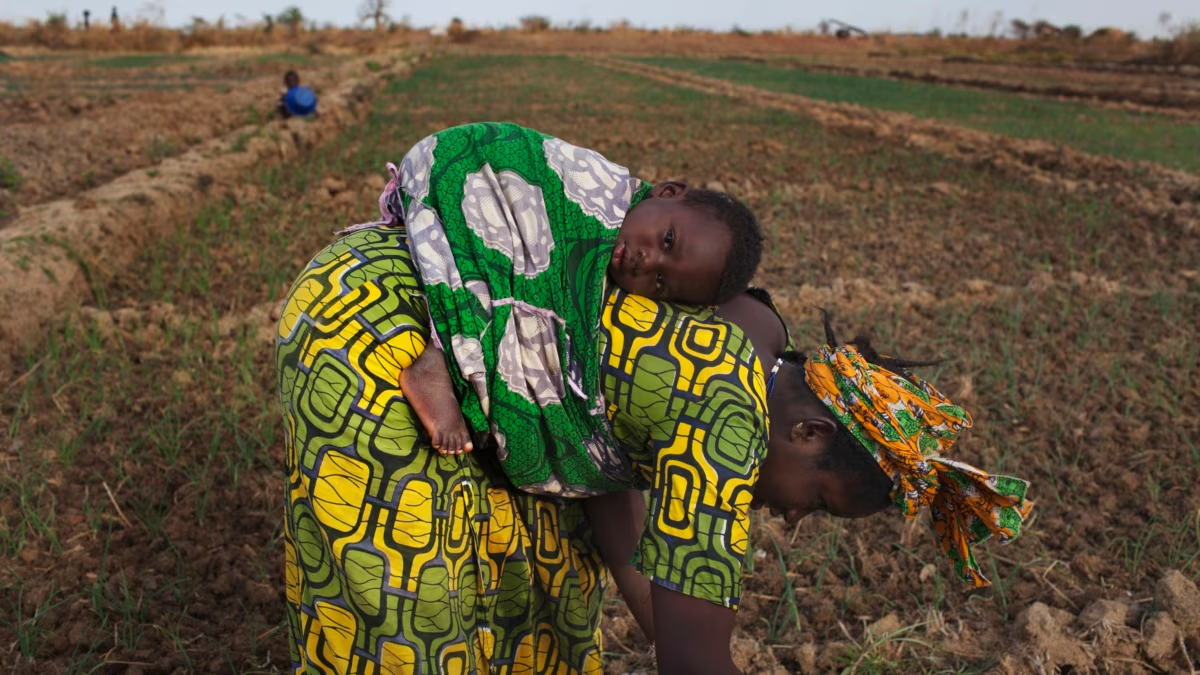Boost for dairy farmers as new KCC plan to stabilise prices of milk
In 2009, many dairy farmers incurred huge losses due to an unprecedented milk glut. Processors were unable to handle all the milk that was being supplied, and this led to prices tumbling down.
The government learnt an important lesson and formed the Strategic Food Reserve that would include buying of milk for the first time. The Strategic Grain Reserve until then only stored cereals.
Apart from seeking ways to address the effects of oversupply, the government has been working to grow the dairy sector and improve the livelihoods of farmers.
Both the national and county governments have installed milk coolers and promoted creation and development of co-operatives. This, together with a relatively good weather patterns, have contributed to the significant growth of the dairy sector.
According to data from the Kenya Dairy Board, the sector produced 5.2 billion litres of milk in 2015 following good rains, with more of the commodity collected from other channels.
The New KCC managing director Nixon Sigey says the industry requires a budgetary allocation of Sh2 billion for the Strategic Food Reserves to stabilise milk prices and address milk glut. The corporation has a large stock of powder milk that has helped mitigate possible losses due to limited processing capacity.
Protect farmers
“The milk was converted during the El-nino rains. It is in our interest to protect farmers. During the long dry spell we will reconstitute (powder) to raw milk to plug any deficit that may arise,” he said in an interview with Smart Company.
This financial year the firm has been allocated Sh300 million for conversion of raw milk to powder and long-life products.
The processor currently holds 1,500 tonnes of milk powder worth Sh1 billion in its stores, which Mr Sigey (left) says is affecting the company’s cash flow.
The New KCC has remitted Sh4.4 billion to farmers, up from Sh2.5 billion last financial year, an indication of exponential growth in the business.
Last year, the milk processor received 13 million litres of milk but thanks to better rains this year, this is expected to go up.
“We have had continuous rains throughout the year from February up to August. This means that if we get the short rains from October to December we are projecting to have a milk glut,” said Mr Sigey who is the Kenya Processors Association chairperson.
Dairy farmers are worried that effects of milk glut may force processors to go slow on milk collection.
Kenya Dairy Farmers Federation chairperson Richard Tuwei asked the government to look for alternative ways to provide a ready market and boost milk production.
“For instance, why should the KDF (Kenya Defence Forces) import milk yet farmers can produce adequate milk? The government should also look for new markets,” said the official, adding that good rains have increased pasture and this is certain to boost production.
Mr Sigey said the processor is eyeing public institutions, export market and counties to offload any excess milk.
“We have entered into an agreement with the National Youth Service and they will be buying milk powder worth Sh1.2 million. We are also in discussion with more than 15 counties to promote the school milk programme,” said Mr Sigey.
Already, the firm has begun exporting 20 containers of ghee, butter and other products to markets including Tanzania, South Sudan and Malawi.
CREDIT: Daily Nation

















Leave a Reply